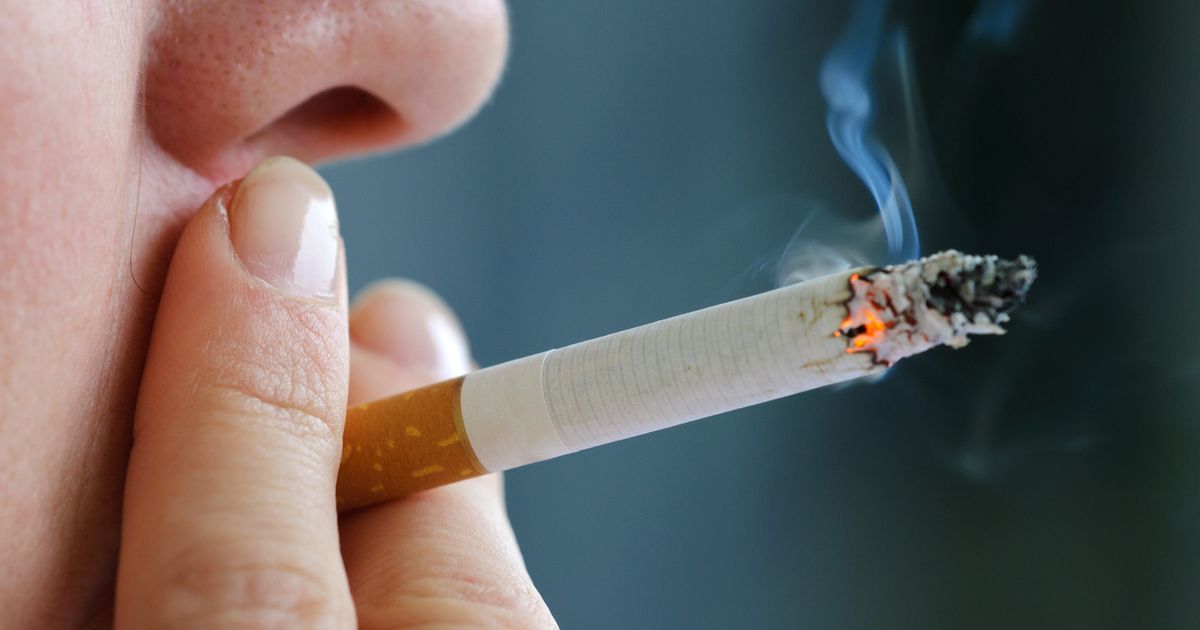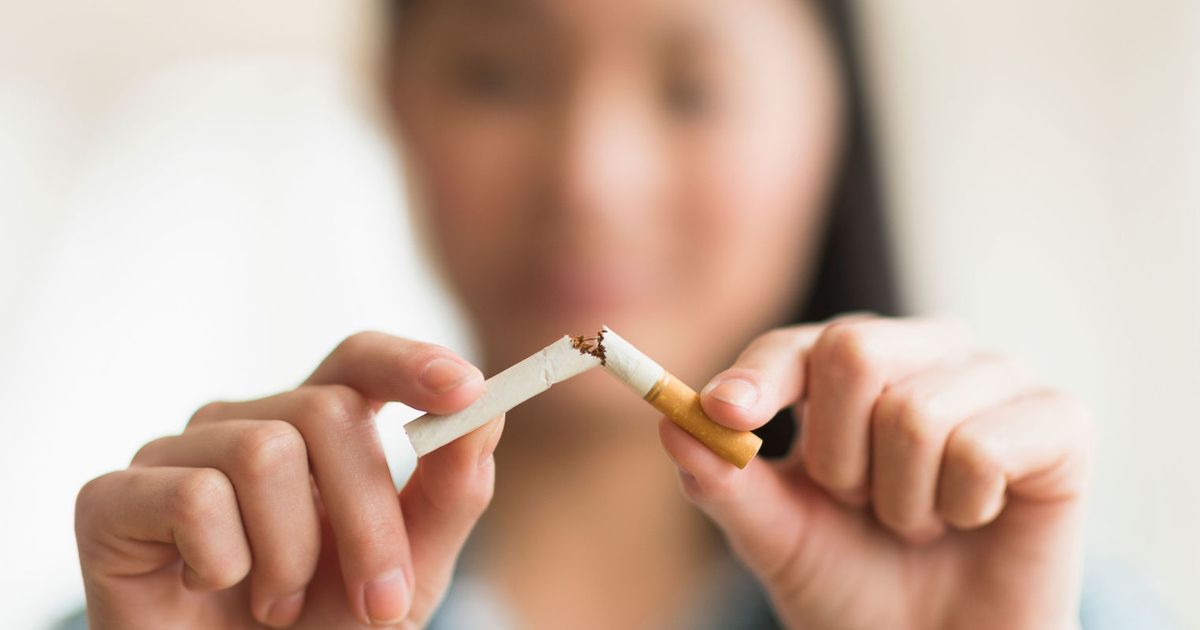Chronic Obstructive Pulmonary Disease (COPD) Overview
Chronic obstructive pulmonary disease (COPD) is a chronic inflammatory lung disease caused by damage to the lungs, which makes it hard to breathe. Often, COPD is a result of many years of smoking, which irritates the airways and destroys the fibers within the lungs. Typically, it takes years of lung damage until symptoms begin to arise, with most patients diagnosed in their sixties. Some risk factors include smoking, breathing chemicals fumes, dust, air pollution, and secondhand smoke.
Causes Of COPD

COPD is often associated with smoking or being affected by secondhand smoke. Over time, the smoke from cigarettes irritates the bronchial tubes and damages the elastic fibers that allow the lungs to expand and contract when breathing. COPD develops over time and is usually diagnosed in people over the age of forty.
Some other causes of COPD can be due to dust and chemicals in the workforce, secondhand smoke, wood smoke, frequent lung infections as a child, biomass fuels used for cooking, and genetics, such as an alpha-1 antitrypsin deficiency.
Signs And Symptoms Of COPD

The symptoms of COPD tend to appear after the significant damage has occurred to the lungs, and the symptoms progress, especially if the patient continues to smoke. The symptoms of COPD include wheezing, a tight chest, a chronic cough that may produce mucus, recurrent respiratory infections, lack of energy, and shortness of breath, especially during any physical activity.
As COPD progresses, it may cause other symptoms such as unintended weight loss, cyanosis, and swelling of the ankles, feet or legs. Patients may also experience exacerbations, which means their symptoms to worsen for a few days at a time.
COPD Diagnosis

To diagnose COPD, a doctor will review the signs and symptoms, discuss family and medical history, and any possible exposure to irritants. Many tests may be ordered to diagnose COPD. One of the most common tests is the pulmonary function test, which detects how much air the lungs can hold and how quickly they can breathe it out. Some other tests include chest x-rays, computed tomography (CT) scans, and an arterial blood gas analysis, which measures how well the lungs supply oxygen to the blood and remove carbon dioxide.
Treatment And Prevention

The first step to treating and preventing COPD is to immediately quit smoking, which is also the only way to keep COPD from worsening. Many medications treat the symptoms of COPD such as bronchodilator inhalers, steroid inhalers, combination inhalers, oral steroids, and antibiotics.
Some other forms of treatment include oxygen therapy and pulmonary rehabilitation programs. Oxygen therapy may be needed if the patient does not have enough oxygen in their blood. Most people will only need oxygen supplements while they are physically active or while sleeping. Pulmonary rehabilitation programs combine exercise, nutrition advice and counseling with specialists to increase the overall quality of life. If COPD gets severe, and cannot be treated with medications, surgery may be an option.
Living With COPD

There are many changes to lifestyle and home remedies that may increase the quality of life of patients with COPD. When living with COPD, the most important thing to do after quitting smoking is to avoid smoke, air pollution, and other irritants. It is also important to begin eating a healthy diet and to exercise regularly. Another way to cope with COPD is to learn breathing and relaxation techniques to breathe more efficiently throughout the day.
Aside from all the different kinds of lifestyle changes, it is also important to see a doctor regularly to monitor lung function. A doctor may be able to advise whether nutritional supplements are needed, and give some breathing exercises.
Quitting Smoking

Quitting smoking is the first method of treating and preventing COPD. However, there are many ways one can go about quitting smoking. The most common way patients quit smoking is cold turkey, with no kind of aid, therapy, or medicine, but it is not the most effective method, and there are many aids out there for those who need them.
If attempting to quit smoking, consider behavioral therapy with a counselor to discover triggers and make a plan to ease the cravings. There are also nicotine replacements in the form of gum, patches, inhalers, sprays, and lozenges that allow the patient to slowly decrease their level of nicotine until it is no longer needed.
In worst case scenarios, patients may want to consult a doctor to speak about the possibility of using prescription medications to help cravings and withdrawal. However, medication can cause adverse effects and symptoms.
